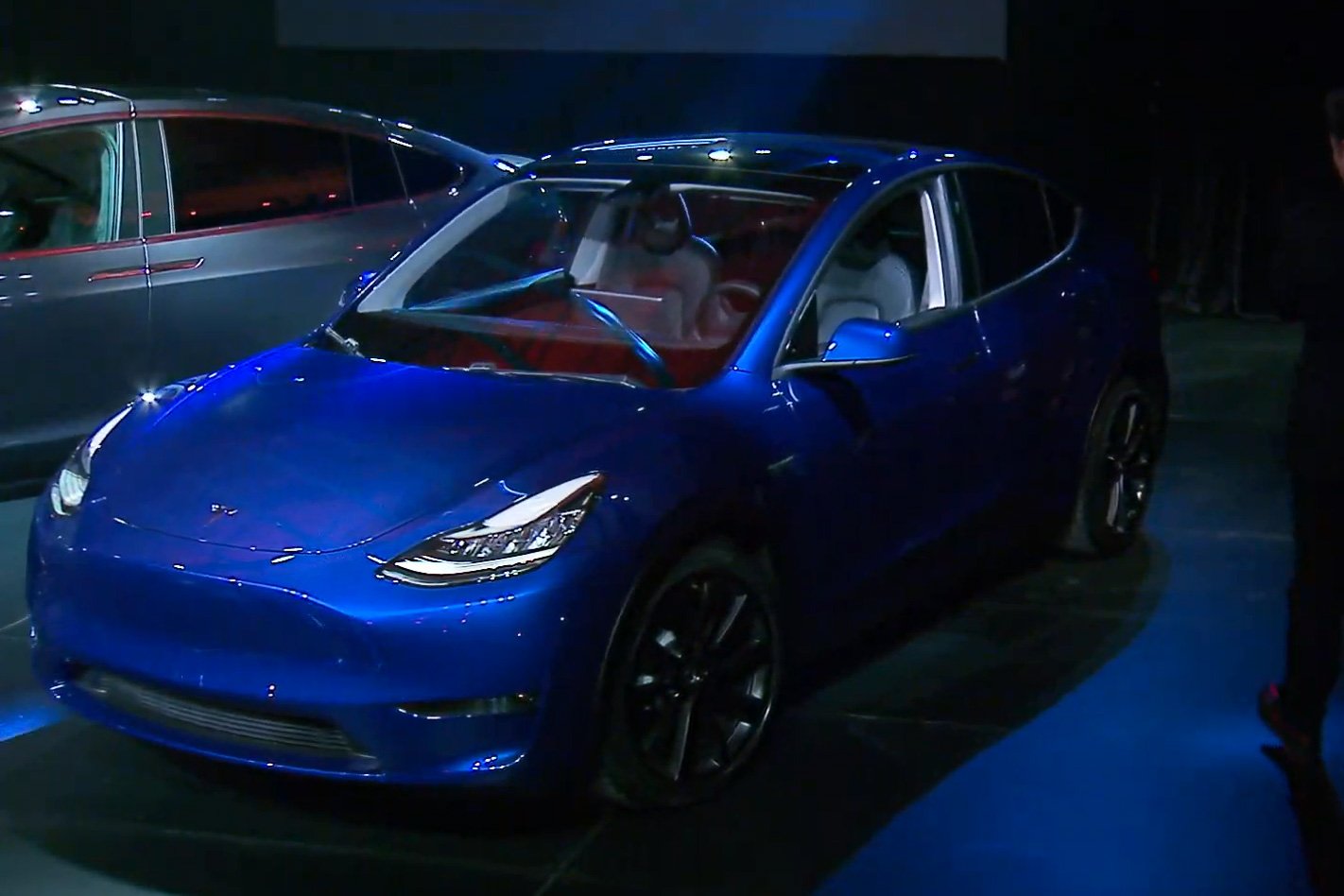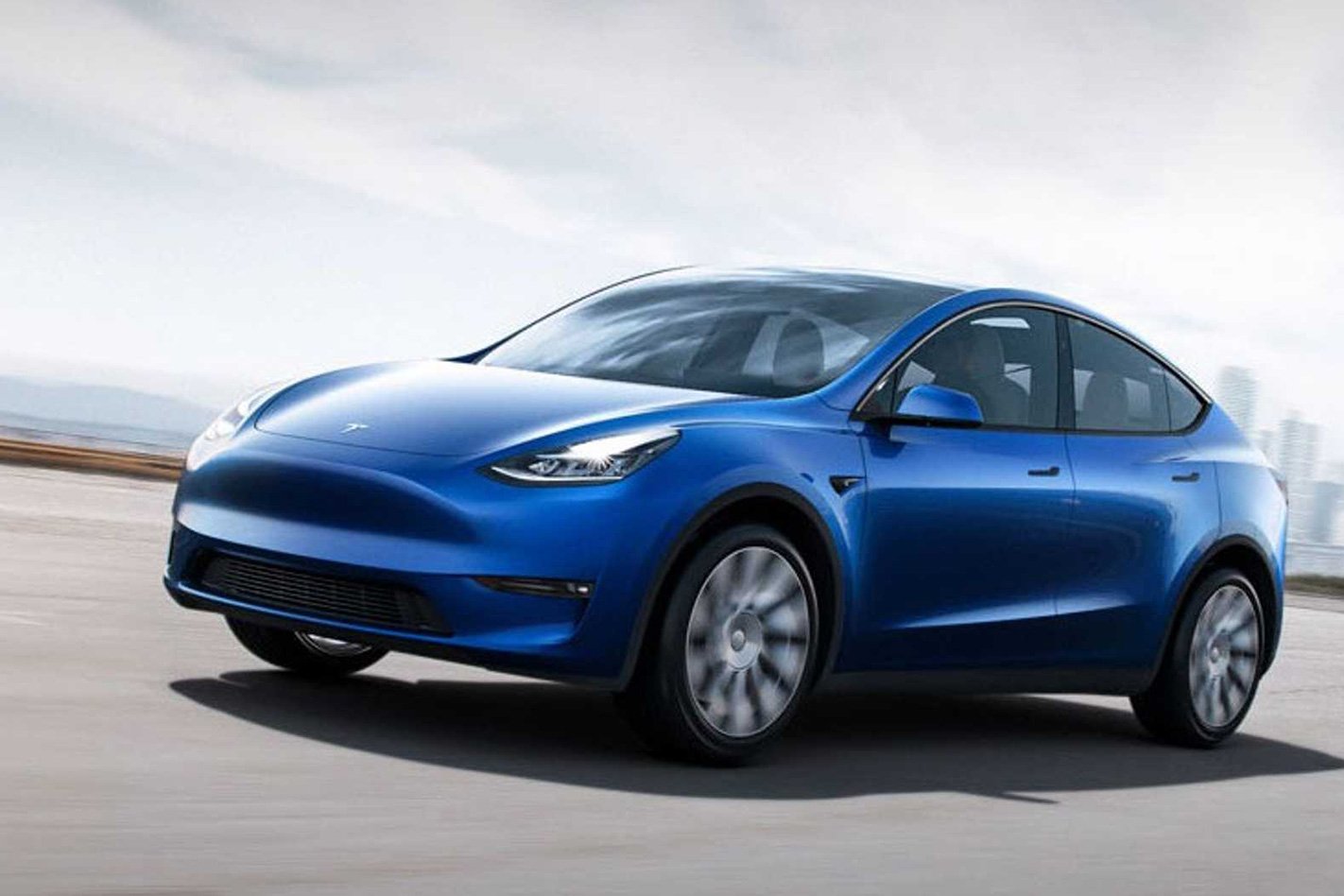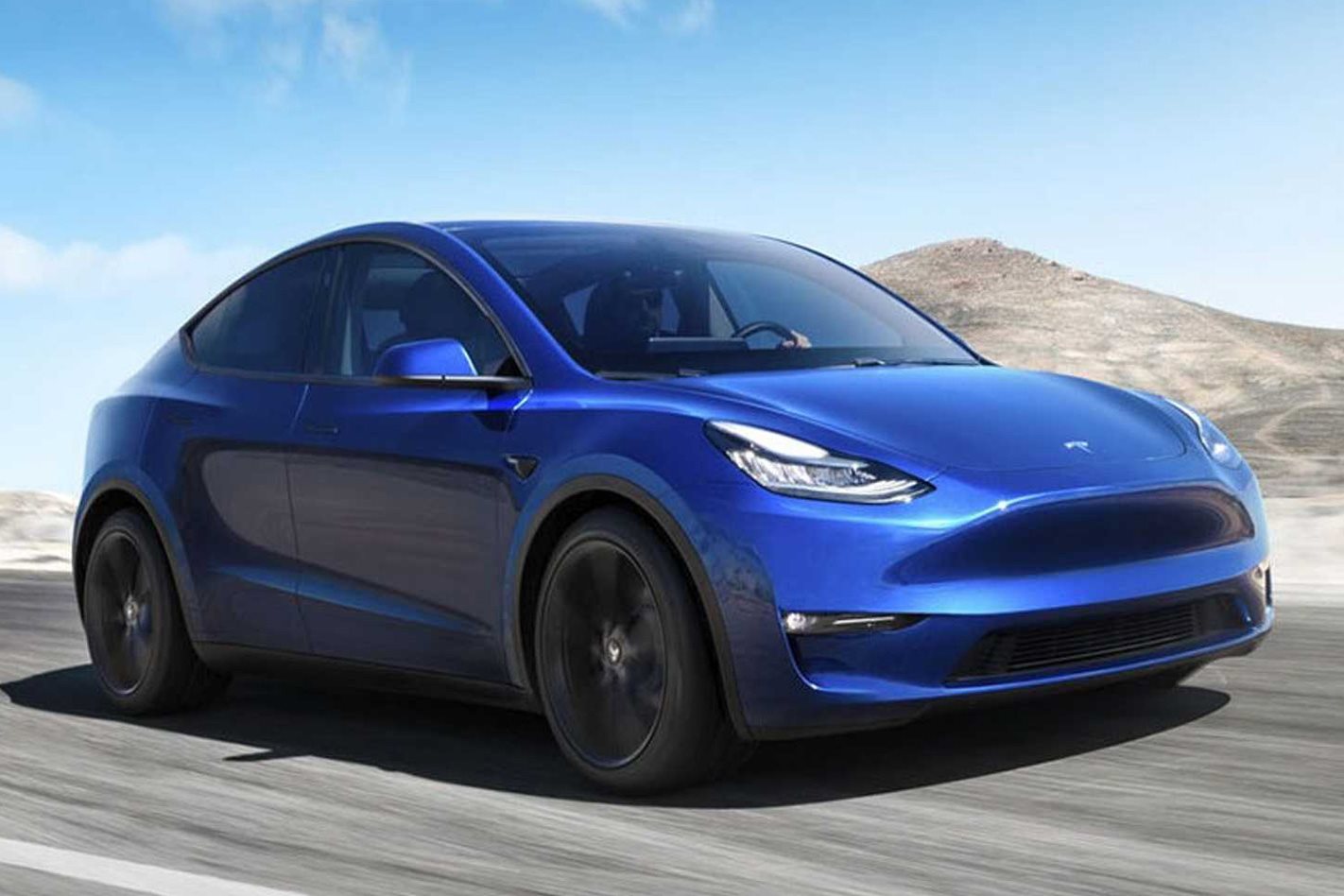Tesla has finally unveiled its Model Y SUV in Los Angles today. Based on the budget Model 3 sedan, think of it as the 3’s crossover sibling specific to a popular niche – similar to what the new Mazda CX-30 is to the Mazda 3, but electric, of course. Company CEO Elon Musk said during the event that pricing for the Y will start from USD$39,000 in its home market, $4000 more than the Model 3, and will top out at around $60,000.

The compact SUV will compete against rivals such as the Hyundai Kona Electric, with the South Korean company expected to reveal pricing soon for Australian showrooms.
Unlike Tesla’s first SUV, the Model X, the Y is smaller and doesn’t get the controversial falcon wing doors, keeping construction simpler and costs down. Specs are yet to be confirmed, but the hottest variant will sprint from 0-100km/h in around 3.5sec, while slower variants will take up to 6. Driving range is just under 500km.
Despite concerns from industry analysts about production capacity, Musk said Tesla will attempt to buck historic production performance and get the Model Y into dealers and back on schedule this year. Musk also said he expects demand to exceed that of the Model 3 sedan, and given the strong market appetite for SUVs, it will likely be its best-selling model.

However, the question turns to what Tesla will do next, having almost completed the rollout of its “S3XY” model lineup. And that’s only if it can meet production expectations, which has been its Achilles heel. Read more in our initial analysis below:
When the oil has dried up and the combustion engine is nothing more than a holographic memoir at a museum where people touch a thing called the gear stick and are mesmerised by the mechanical workings of a six-stacker CD player, it will be Tesla that gets an exhibit all to itself.

A brilliant start-up that has revolutionised the automobile into the electric age, it is yet to be seen if it will be a brilliant car maker.
Its most important vehicle, the upcoming Model Y, is already beginning to feel like more than just the SUV equivalent of the Model 3. Not only will it be a lusted cut-price entry point to Tesla’s SUV range, it will be hard to get your hands on one.
Production timelines are slipping, and the vehicle that was scheduled to be fused together this year won’t go into production until at least 2020. According to documents leaked by Business Insider, it should be August, but as the Model 3 and its shanty tent production line showed, Tesla is still only half way through the book on how to build a car. To its credit, the US maker has increased production of that car dramatically, but at what cost?

On a recent trip to the States where the Model 3, that still eludes Australians, is running in the wild, yours truly had the displeasure of seeing the panel gaps and inconsistencies the rushed program has delivered.
It didn’t matter five years ago, just a short hop in automotive time, when fully-electric cars were more an environmentally friendly accessory than a viable alternative to the family car. But here we are just half a decade later and many of the big makers have delivered, or are at the cusp of, launching alternatives; the Jaguar i-Pace, Mercedes-Benz EQC, Audi e-tron, Hyundai Kona electric, Kia e-Niro and BMW iX3, built by established car makers with a reputation for being on time.
They’re also consistent. Tesla just last month announced it would close all of its dealerships and go to an online-only sales model with reduced pricing. It has now reneged and will keep its brick and mortar stores open, with the price of all its models except the Model 3 increasing by around 3 percent.

It smells a little of desperation from disorder, and comes at a key moment where rivals are about to enter the market. Even Tesla’s elusive ute, which was mentioned before the idea seemed practical, now has competition from another start-up Rivian, and the world’s best-selling pickup maker, Ford.
But now that Tesla has revealed its Model Y it’s worth considering the lead time between reveal and delivery into showrooms here in Australia. Remember, the Model 3 was first shown three years ago next month and there’s still no firm date when deliveries will commence Down Under.
Clearly Tesla has learned a lot about building cars in the interim, but the Model Y is the automotive equivalent of the iPhone, and public pining ignores some solid alternatives that are due to appear this year. Ones that you can actually buy.





